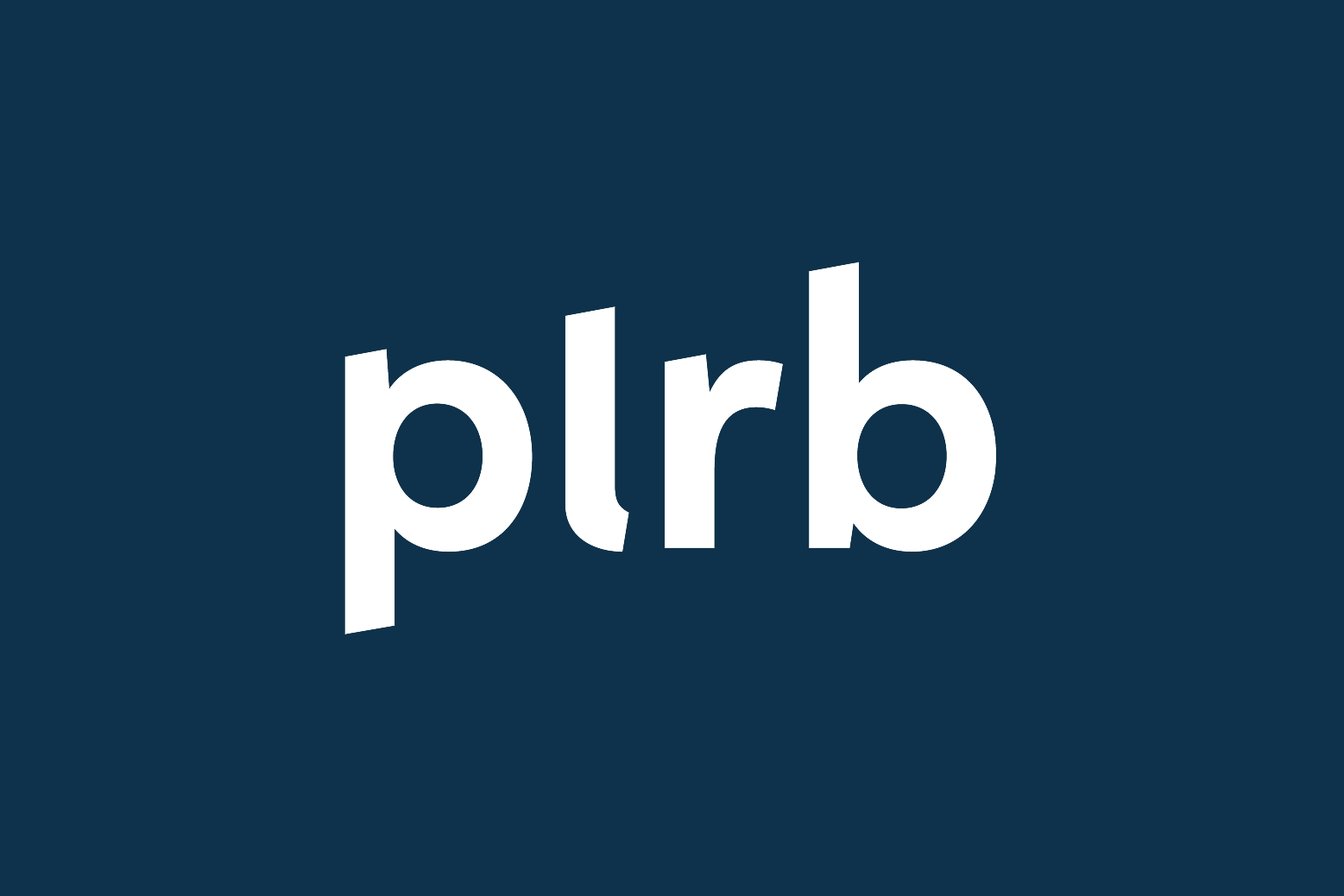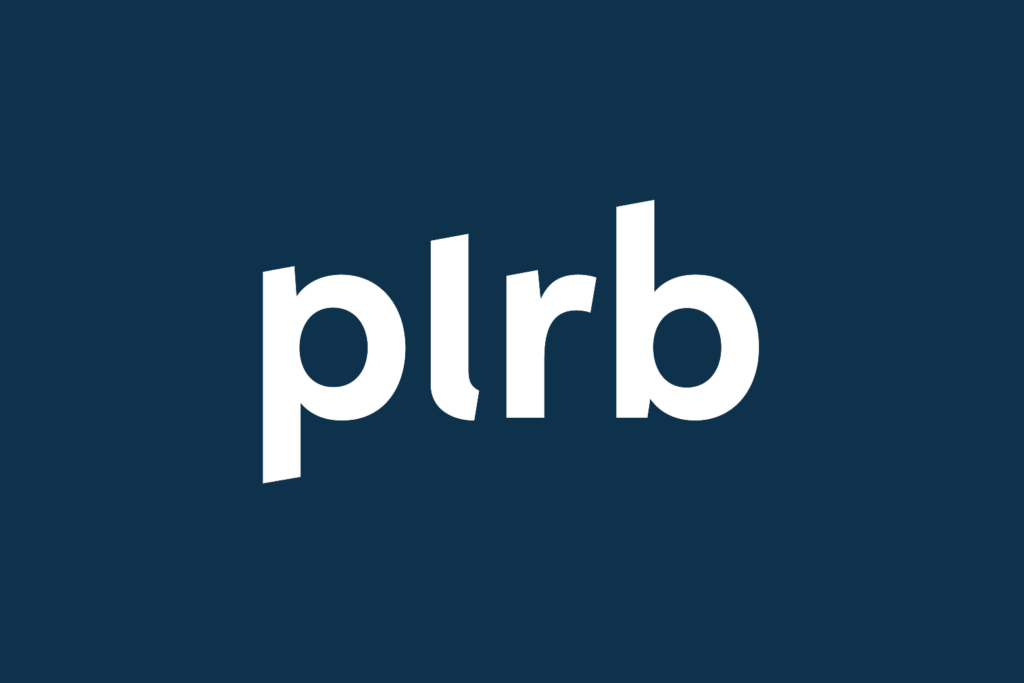The Future of Property and Casualty Insurance: What to Watch in 2025
By PLRB Staff
Property and Casualty (P&C) insurance continues to shift in 2025, shaped by emerging risks, rising consumer expectations, and groundbreaking technology. At PLRB, we’re always watching the horizon to help our members stay informed and prepared, as P&C insurance is crucial for protecting assets and reducing the risk of significant financial loss.
As we navigate this evolving landscape together, here are the top trends impacting the P&C industry this year—and how they influence claims handling, underwriting, and service delivery.
- Climate Change Intensifies Risk Models
Climate-related catastrophes aren’t slowing down. Wildfires, hurricanes, floods, and other severe weather events are becoming more frequent and expensive. As a result, insurers are leaning harder into predictive modeling and AI tools to refine underwriting and forecast future risk exposure. The goal? Better preparation, faster response, and improved resilience for communities and businesses. Understanding covered perils and policy limitations is crucial in this context. PLRB Tip: Tap into our Weather/CAT services and Building Codes database to support accurate estimating and smart rebuilding decisions after a loss.
- AI Becomes Operational Standard
Artificial intelligence is no longer an emerging trend in Property and Casualty insurance, it’s now core infrastructure. In 2025, leading insurers are scaling AI-driven solutions across claims, underwriting, and customer service. These tools enable instant claims triage, predictive fraud detection, and real-time customer support through chatbots and virtual assistants.
Rather than replacing professionals, AI is amplifying their capabilities. Adjusters benefit from computer vision tools that analyze vehicle damage in seconds, while underwriters gain insights from AI-enhanced risk models that incorporate non-traditional data sources. In auto insurance, for example, AI is streamlining everything from accident detection to settlement, significantly improving speed and accuracy.
PLRB Insight: Our conferences and webinars delve into the practical realities of AI deployment—what’s working, where challenges remain, and how to adopt these tools responsibly and ethically.
- Telematics Gains Mainstream Momentum
Usage-based insurance (UBI) is on the rise, especially in auto. Policyholders expect more transparency and control, and telematics offers just that. With real-time driving data, premiums are based more on actual behavior and less on traditional proxies like credit scores. Car insurance is necessary for drivers, offering various coverage options like liability, collision, and comprehensive. Claims Consideration: As UBI adoption grows, claims professionals must interpret new data types and engage with increasingly tech-savvy policyholders.
- Cyber Coverage Under the Microscope
The cyber threat landscape is growing more sophisticated, and insurance policies must evolve accordingly. In 2025, we see broader cyber coverage options, more nuanced exclusions, and a greater push toward proactive risk mitigation. PLRB Resource Alert: Our Ask PLRB coverage question service and reference materials are here to help you parse the complexities of cyber insurance as the regulatory environment tightens.
- Economic Pressures Impact Pricing and Planning
Persistent inflation, supply chain slowdowns, and economic uncertainty continue to pressure insurers in 2025. Carriers are rethinking pricing models, scrutinizing coverage limits, and seeking operational efficiencies. Umbrella insurance is a way to safeguard wealth and future earnings. What This Means: Claims professionals are navigating higher material costs, extended repair timelines, and shifting consumer expectations—all while keeping service levels high.
- Sustainability and ESG Are Here to Stay
Environmental, Social, and Governance (ESG) factors are now embedded in corporate strategies across the insurance sector. From underwriting practices to community support initiatives, insurers are working to meet investor expectations and policyholder values. Looking Ahead: ESG will continue to shape how insurers manage risk and deliver value to shareholders and society.
- The Role of Technology in P&C Insurance
While AI garners much of the spotlight, it’s just one part of the broader tech transformation reshaping P&C insurance. In 2025, digital platforms—from mobile apps to online policy portals—are the norm, empowering policyholders with self-service access to coverage details, claims filing, and payment tools.
Meanwhile, technologies like the Internet of Things (IoT) are enabling proactive risk prevention through connected devices in homes and vehicles. Blockchain is beginning to streamline complex processes such as reinsurance contracts and claims verification. Advanced data analytics is enhancing everything from product pricing to customer segmentation.
Together, these technologies are helping insurers improve operational efficiency, reduce costs, and deliver more personalized experiences. Staying competitive means not just adopting one innovation, but building a tech-forward culture that embraces continuous evolution. What This Means:
Technology is no longer a competitive edge—it is a baseline expectation. Insurers that integrate digital tools, data-driven decision-making, and emerging tech like IoT and blockchain into their core operations will be better equipped to respond to shifting customer demands, manage risks proactively, and streamline claims and policy management. Falling behind in tech adoption could mean losing ground in both efficiency and customer satisfaction.
- A Customer-Centric Approach
A customer-centric approach is essential for insurance companies to succeed in today’s competitive market. This approach involves understanding policyholders’ needs and preferences and providing them with personalized products and services that meet their individual requirements. Insurance companies that adopt a customer-centric approach are more likely to build strong relationships with their policyholders and retain their business over time.
Providing excellent customer service is a key component of a customer-centric approach. This includes offering responsive and helpful support, easy-to-use online platforms, and clear and transparent communication. Insurance companies can build trust and loyalty by putting the customer at the center of their business, ultimately driving growth and profitability. In a market where customer expectations are continually evolving, a customer-centric approach is not just beneficial—it’s essential. Looking Forward: As policyholders grow more digitally savvy and service-driven, insurers must continually evolve their customer engagement strategies. From personalized product offerings to frictionless digital interactions, success will hinge on treating customer experience as a core competency—not a side initiative.
Final Thoughts: Adaptability is the New Advantage
The P&C insurance industry in 2025 isn’t just reacting to change—it’s reengineering how it prepares, protects, and supports. By embracing innovation and collaboration, we can better meet the demands of a complex world. Understanding the exact details of each insurance policy is crucial for adequate protection.
Let PLRB be your partner in navigating what’s next. From technical support to training to on-the-ground insights, we help members stay resilient and ready.
Next up: Stay tuned for our next blog, where we explore the role of climate change in reshaping P&C insurance risk management.


